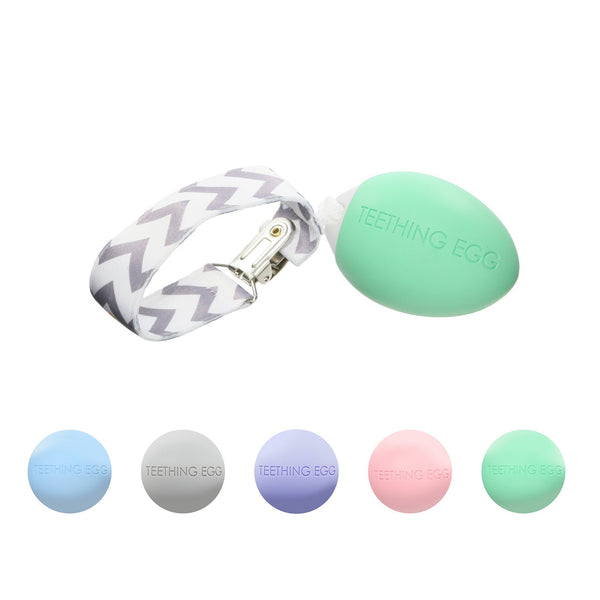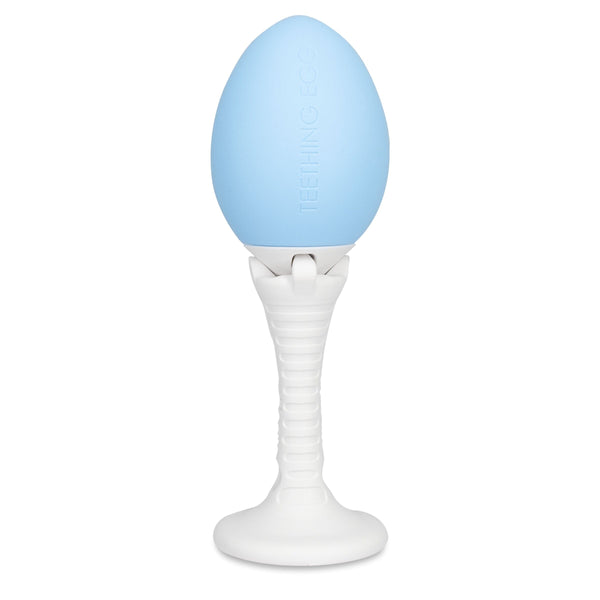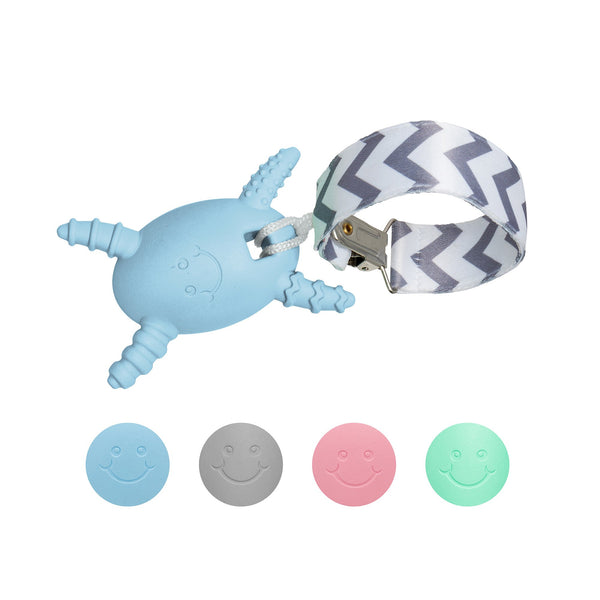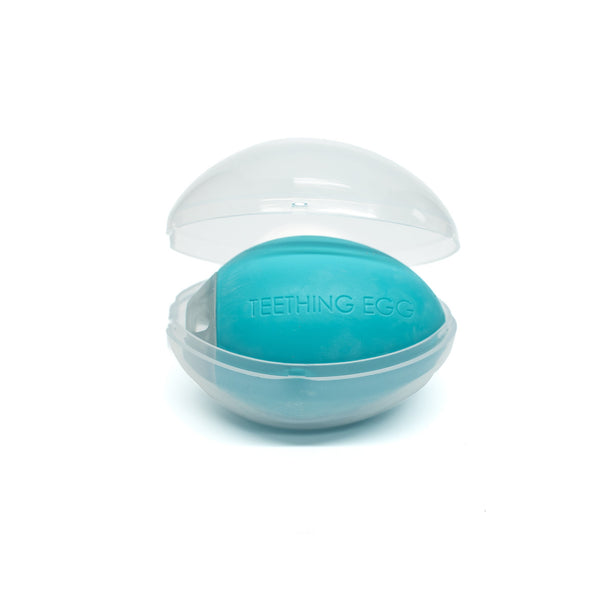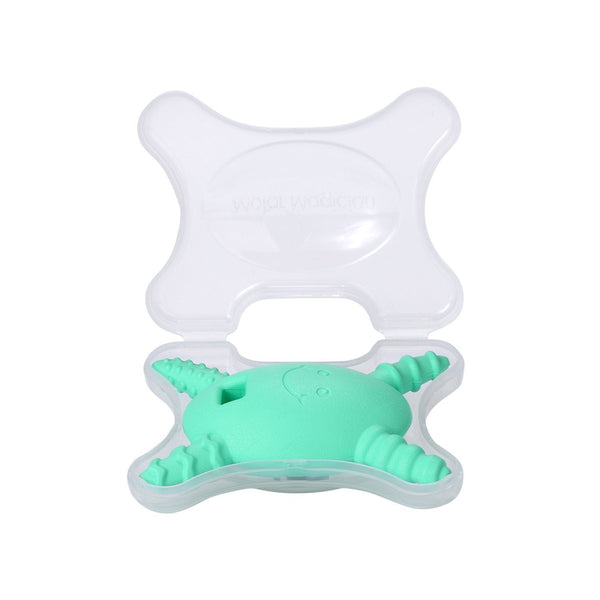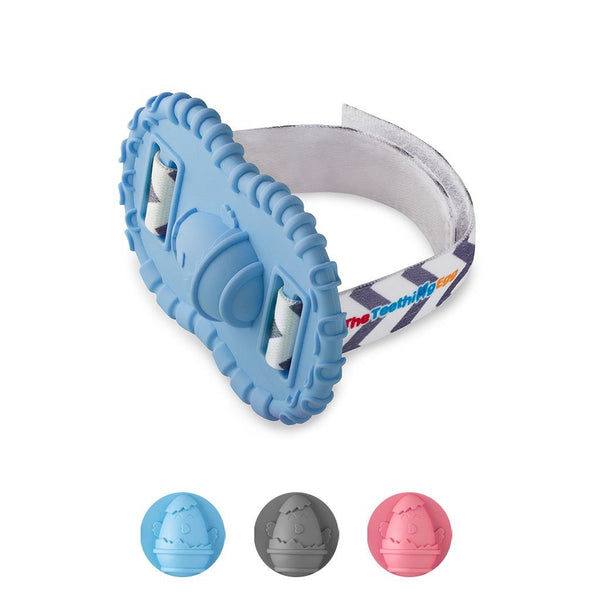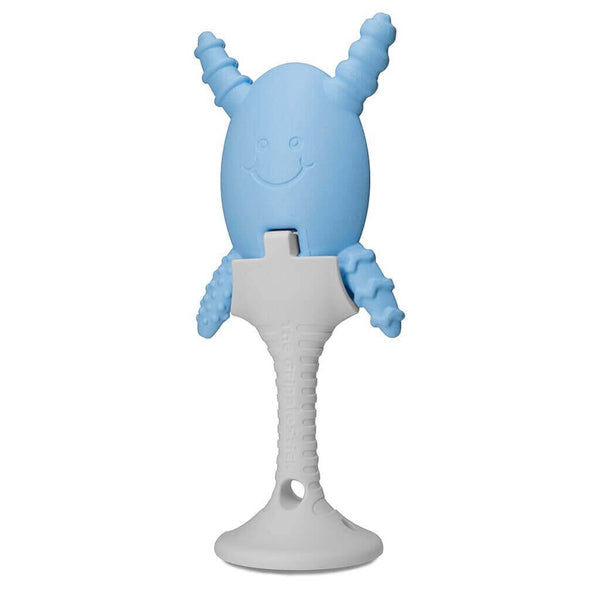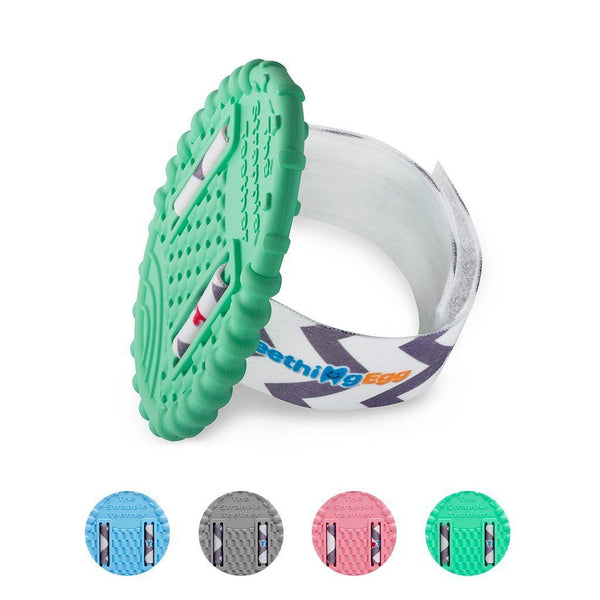The arrival of a baby into a family is a joyous occasion, accompanied by an array of milestones and developments. One of the most anticipated, yet potentially challenging phases in a baby's life is the teething process. While many parents are familiar with the emergence of those first tiny teeth, the development of molars is often a less-discussed but equally significant aspect of a baby's teething journey. In this discussion, we will explore when molars typically develop in babies, what parents can expect during this phase for both themselves and their little ones, and address the question of breastfeeding during the teething stage. We will also provide practical solutions to help soothe a teething baby, with a focus on molar development.
Understanding Molar Development
The Timeline of Molar Eruption
Babies are born with a set of primary tooth buds already in place beneath their gumline, waiting for their time to emerge. Typically, the first teeth to break through the gums are the lower central incisors, followed by the upper central incisors. These usually make their debut around 6 to 10 months of age. Then come the lateral incisors, first molars, canines, and finally, the second molars. It's the first and second molars that are the focus of this discussion.
First molars might typically appear in months 13 to 19 of a baby's life while second molars, also known as the "molar teeth," typically start to appear between the ages of 20 and 33 months. However, the exact timing can vary greatly from one baby to another. Some babies may start teething their second molars earlier, while others may experience this process a bit later.
The Characteristics of Molar Teething
Molar teething is distinct from the earlier stages of teething in several ways. Here's what parents can expect when their baby's molars begin to develop:
1. Pain and Discomfort: Just like with other teething stages, molar development can be uncomfortable for babies. They may experience gum swelling, increased drooling, irritability, and difficulty sleeping. The pain can be more pronounced during molar teething due to the larger size of the teeth and their location at the back of the mouth.
2. Fussiness and Irritability: Babies may become fussier than usual during molar teething. They might be more irritable, clingy, or prone to crying, as they struggle to cope with the discomfort.
3. Changes in Eating Habits: Some babies may temporarily alter their eating habits during molar teething. They might be less interested in solid foods or may prefer softer options to minimize the pressure on their gums.
4. Ear Pulling and Cheek Rubbing: A curious but common behavior during molar teething is ear pulling and cheek rubbing. Babies do this to alleviate the discomfort in their mouth by applying pressure to adjacent areas.
5. Low-Grade Fever and Diarrhea: In some cases, molar teething can be accompanied by a mild increase in body temperature and looser stools. While these symptoms are typically attributed to teething, consult a healthcare provider if they persist or worsen.
Breastfeeding During Teething
The question of whether to breastfeed during the teething stage is a common concern for many parents. The short answer is yes, breastfeeding is permissible and often advisable during teething. In fact, breast milk can be soothing and provide comfort to a teething baby. Here are some key considerations:
1. Pain Relief: Breastfeeding offers natural pain relief due to the comforting and calming nature of nursing. The sucking action can help alleviate gum discomfort.
2. Nutritional Benefit: Breast milk remains a vital source of nutrition for babies during teething. It provides essential nutrients and antibodies that support their overall health and development.
3. Hydration: Teething babies may drool more, potentially leading to increased fluid loss. Breast milk helps keep babies well-hydrated.
4. Emotional Comfort: Breastfeeding is not just about nutrition; it's also about emotional bonding. During teething, babies may seek additional comfort from their mothers, making breastfeeding a valuable tool for providing emotional support.
While breastfeeding during teething is generally encouraged, it's essential to be mindful of a few considerations:
- Pain Management: Some babies may bite during breastfeeding when their gums are sore. If this happens, gently remove the baby from the breast and offer a teething toy like the Original Molar Magician to help redirect their biting tendencies.
- Maintain Oral Hygiene: As teeth emerge, it's crucial to start establishing good oral hygiene habits. You can do this by gently wiping your baby's teeth and gums with a clean, damp cloth after breastfeeding to remove any milk residue. Using a soft bristled tooth brush also allows the baby to fall into the routine of regular tooth brushing.
Soothing a Teething Baby, Especially During Molar Development
Helping your baby navigate the challenges of molar teething requires patience, understanding, and a variety of soothing techniques. Here are some strategies to assist you in providing comfort to your little one:
1. Teething Toys: Teething toys made of safe, non-toxic materials can be a great relief for sore gums. Chilled teething toys can provide additional soothing effects.
2. Cold Compresses: Applying a cold, damp washcloth or a chilled teething ring to your baby's gums can help reduce inflammation and numb the pain.
3. Distraction: Engage your baby in activities and play to divert their attention from the discomfort. Including Teething Pals may help comfort the baby during the teething journey. Teething pals are available in 5 huggable animals and come with a loop to attach safely and comfortably onto baby’s molar magician teether.
8. Consult a Pediatric Dentist: Consider scheduling your baby's first dental appointment around their first birthday or when their first teeth erupt. A pediatric dentist can provide guidance on oral care and monitor tooth development.
Molar development is a significant phase in a baby's teething journey, marked by its unique challenges and discomfort. Understanding when molars typically develop and what to expect during this period can help parents provide the necessary support and comfort to their little ones. Remember that breastfeeding is not only permissible but often beneficial during teething, as it offers emotional comfort and essential nutrients.
Soothing a teething baby, especially during molar development, requires a combination of strategies, including teething toys, cold compresses, gentle massage, and distractions. Always consult with your pediatrician or healthcare provider if you have concerns about your baby's teething experience. With patience and care, you can help your baby navigate this important milestone in their early development.
